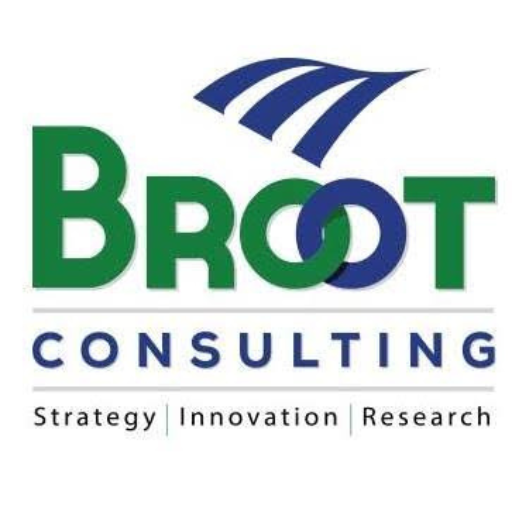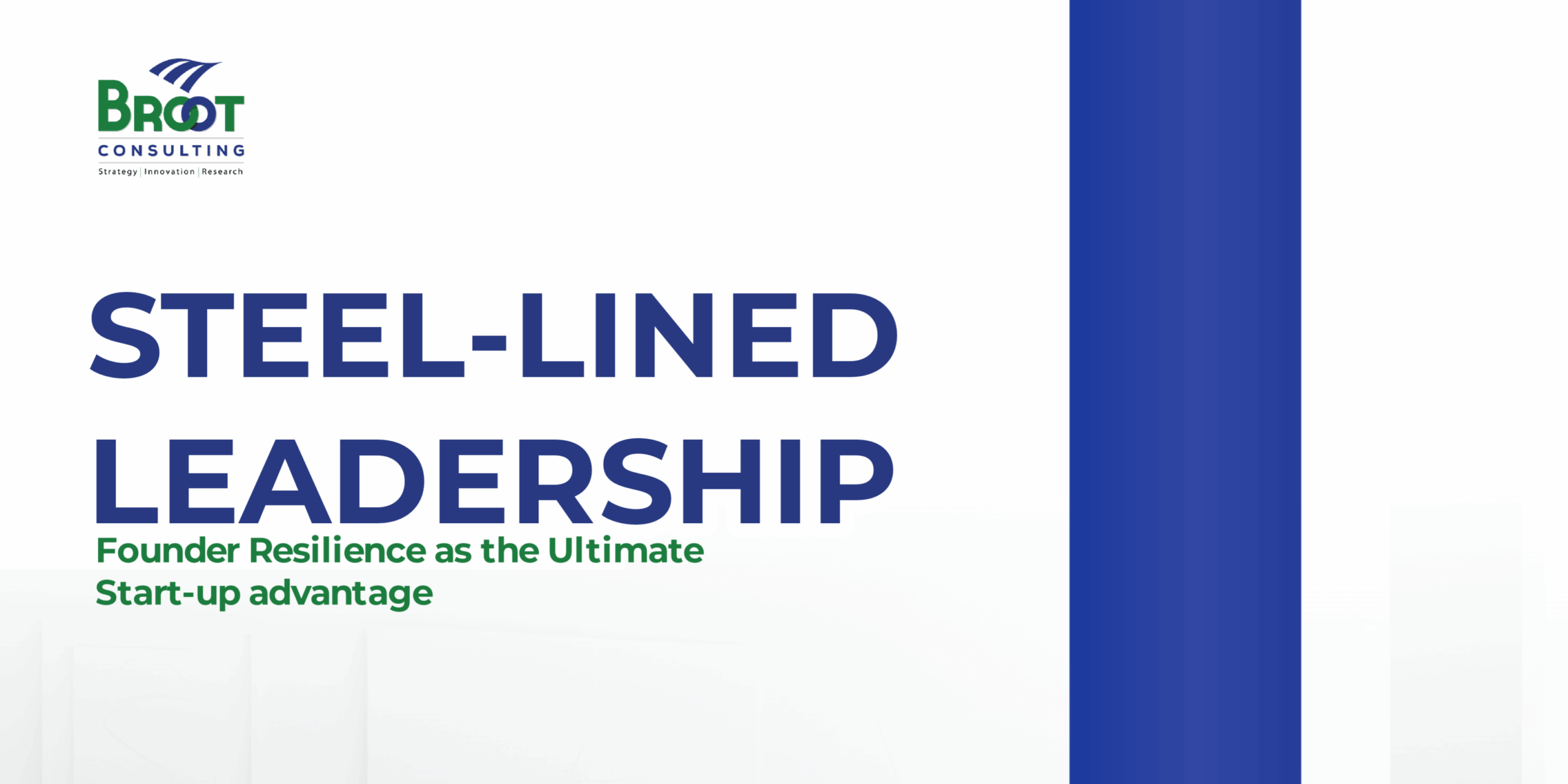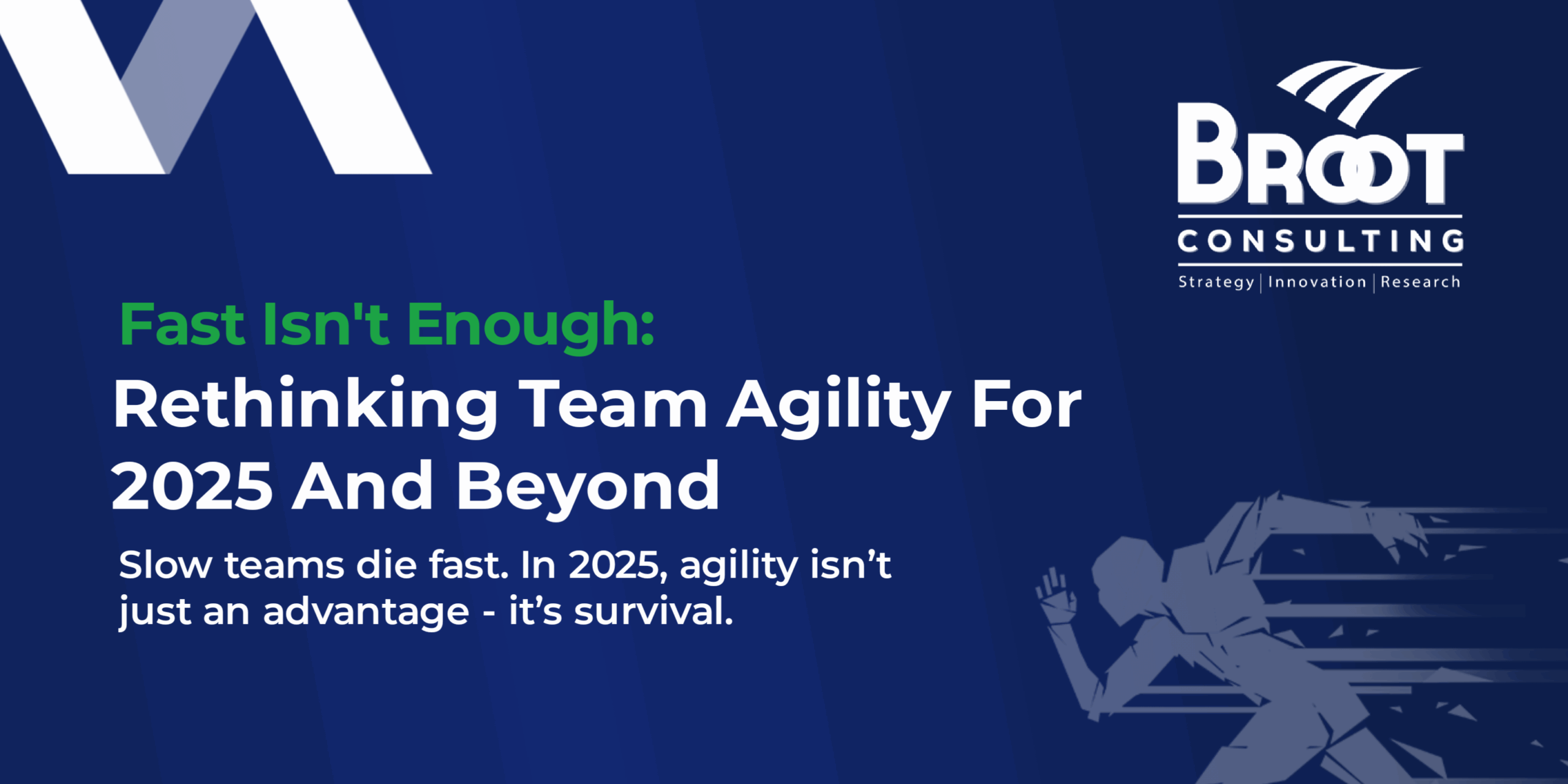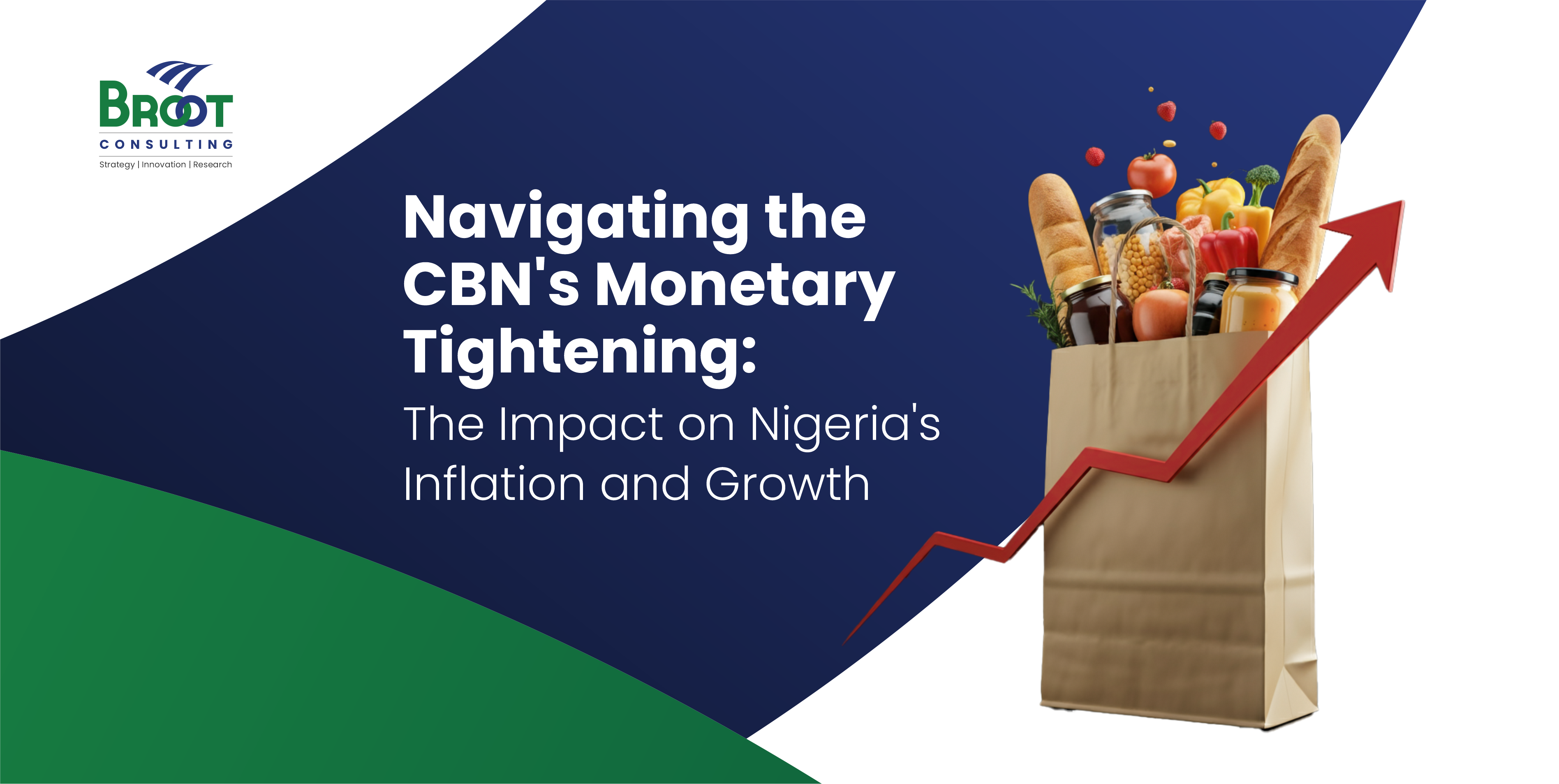“An idea that is communicated in a way that resonates with people has the power to change the world” Nancy Duarte
It is not fun to stand before the employees and tell them change is coming, is it? If you have been involved in restructuring, reengineering or change management project, you will agree, it is not a piece of cake. The quest to transform organisational culture, systems and processes is a difficult undertaking.
So how best can you get your idea across and facilitate the desired change? Getting your idea to your audience requires tactics if you are not to experience the usual resistance and angst that comes with change initiatives. Change advocates must be skilled in empathy, an autocratic or tell-and-do approach to effect change belongs to the yesteryears. If not carefully managed, every effort to introduce new values, methods, products or transform culture may end up becoming a nightmarish experience.
Changing of individual lifestyle can be a herculean task, imagine the attempt to ask employees, student, or citizens for a change, how do you present your case and get them receptive to the new systems, methods, solutions, and culture?
How best can you communicate your ideas and build an emotional support around it? How might you touch the heart of your audience so that your narratives stick?
One of the most profound scenes I have ever witnessed happened over two decades ago, it happened in a church during the testimony time, of all the testimonies were offered it is the only one of that I remembered till date.
A upper middle class woman in her 50’s came out to give her testimony, but unlike others she did not say a word. She created a suspenseful atmosphere, she came out grabbed a chair, and sat down majestically, then tears rolled down her cheeks intermittently. She gazed into the audience, then about two minutes later she stood up and rolled on the floor for seven times, got up, cleaned her face, and waived to the heaven and left the podium. During her performance, the church was dead silent, emotions were high, people were moved by her tears and her art of gratitude.
It was an unspoken heart rendering display, a strong conviction that points can be made, stories can be told via a strong persuasive art. At the end of the service, people flocked round her to know her story. This is her story, she has suffered some health challenges, endured terrible back pain that made it difficult for her to entertain sitting down for a long time, however now she can sit and walk better, she made a covenant that if she is healed, she will come to church and roll on the floor 7times without saying a word.
Drive the change with story
Change can appear dreadful to the target audience, the way the change vision is communicated is essential to how the change initiative is embraced. Therefore, change-management expert knows the power of creating a compelling change story thinking in communicating their vision to the audience. Story is about creating a vivid and memorable message for the audience. The story of the woman in the church sticks to me till today because it was an uncommon act that exhibit authenticity, sincerity, and empathy to persuade her audience.
In their article “The psychology of change management,” McKinsey’s Emily Lawson and Colin Price identify four that are necessary in altering employees’ behaviour ) a compelling story, that will onboard them to embrace the change. b) role modeling, where the executive lead the way in the new change, c) reinforcing mechanisms, setting up systems, processes, and incentives to support the new behavior; and d) capability building, that enables employee make the desired changes.
Storytelling and the art of persuasion
What is the purpose of storytelling in change management? in his article in HuffPost Vala Afshar said “People want to remain in the status quo and getting them to move forward is like a bitter pill. Storytelling serves like the sugarcoating on the outside of this bitter pill in some ways — it just makes it go down easier”

Storytelling is a key tool used by successful entrepreneur to engage their audience, it is an effective way of getting support and building rapport around ideas. Has it ever occurred to you that sometimes it is not the best ideas that win? It is not the best candidates that get elected nor the best applicants get selected? Most times it is those whose story touched the heart of the selectors or the approving authority the most.
Your presentation must not only communicate clearly but must inspire your audience to your desired action. The words of lengthy memos, fine PowerPoint presentations with lots of graphics is fading fast. Sometimes they are greeted with disdain, doubt, despair, and pessimism. Robert McKee, the world’s most sought-after screenwriting lecturer believes that executives can engage their listeners more effectively if they toss their PowerPoint slides and learn to tell good stories instead. He believes that stories “fulfill a profound human need to grasp the patterns of living—not merely as an intellectual exercise, but within a very personal, emotional experience.”
As a leader, it is a huge part of your responsibilities to inspire your audience and those that you lead, appealing to their emotions with a heart touching story may be the best way of enhancing credibility and relationship. When your facts (data) are fused with the right story and passion, there is high probability of engagement, soften of resistance and conversion of your audience. Powerful stories arouse interest, inspire audience, last longer in the minds of audience and can speed up approval to your projects or ideas,
Mastering the art of Storytelling
To tell a good story for your change project, ensure you are authentic and present what is and what could be. It is also important to ensure your story is not long, boring, and banal, to communicate effectively to effect change your story must be concise, logical and with a good ending (the desired state of the change project).
Let’s assume you are the CEO of a non-for profit you desire to change the giving culture of the people so that they are more committed to giving to support education in the northeast Nigeria. You can start by saying there are one million children who are currently out of school in the Northeast Nigeria. 80% of them are in poverty, their parent aged between the 50 and 55, most of them earn less than $2dollars a day, 55% of their parent have more than one wife. 57% of their parent do not have any meaningful means of livelihood. You are all well-endowed and we need you to support our initiative and help this underprivileged Nigerians.
Alternatively, you can begin by:
Some weeks ago, I got down from my chauffeur driven car looking good as usual nice car, shoes, dress, and an inviting cologne, as I got down, a young girl of about 10years old walked up to me and beg for alms. I gave her something to keep her going, when leaving she looked at me and said “God bless you Ma, you look beautiful Ma, when I grow up, I wish I can be like you and not continue to be on the street begging” I deeply moved by her statement, I asked for her name, and she replied: Hawa. Today, I sit atop of this company, 25years ago, this would only have been an illusion. I could never have imagined such possibilities, I barely made it out of high school due to poverty. I was without hope, however, until a good Samaritan chose to support my education, without which I would probably not be where I am today. I believe that like me majority of you are here because someone offered their shoulders. There are millions of Hawa on the street, who live daily and hoping for a better opportunity so they can fulfill their dreams. their parent earns less than $2dollars a day, most of them are uneducated and without decent livelihood. What will our country look like if we can lift each other up, I believe you will all have peace of mind that you currently do because of the prevalence of insecurity that has been grossly associated with poverty and lack of education. I asked you to support us because some help for them is a help for us!
Conclusion
Powerful story can be used to facilitate change, it is a better way of arousing people’s emotional and build their commitment to the envisaged change. When you employ storytelling in your change management, there is a higher likelihood memorability, authenticity, and commitment.

Olukunle A. Iyanda PhD, FCA, SNFLI.
Founder/CEO, BROOT Consulting Nigeria Limited.
Human-Centric Design Led Innovation Consultant.




